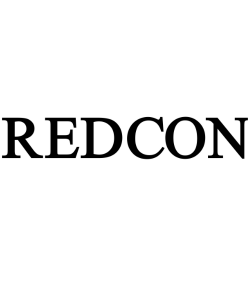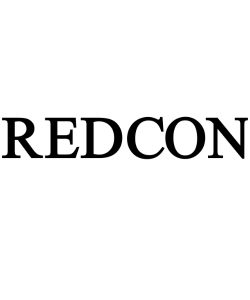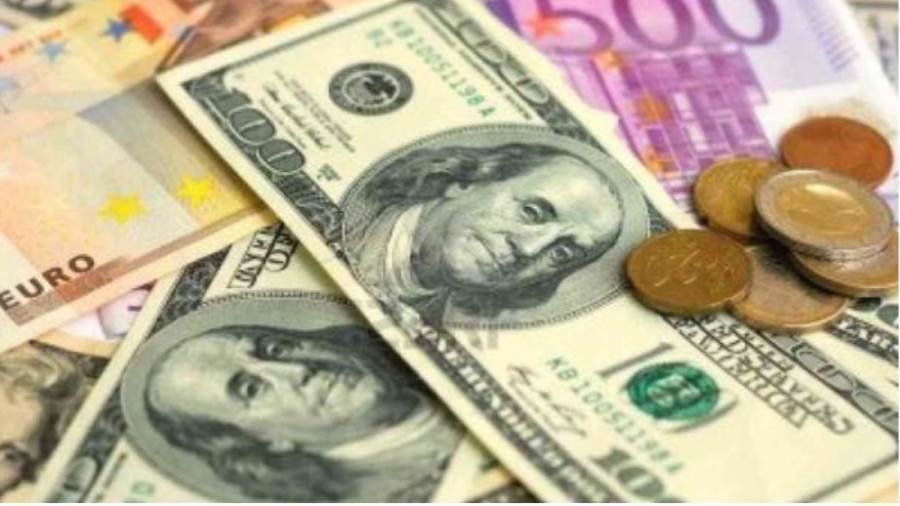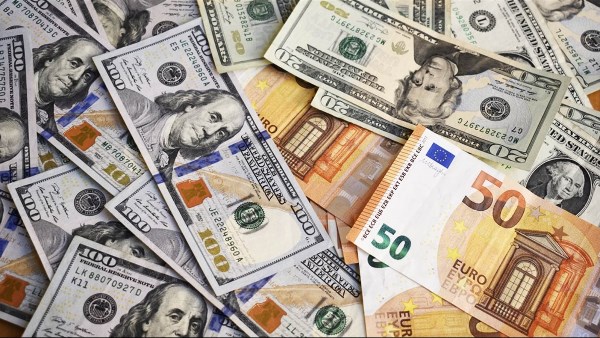
Experts anticipate the Fed will hold steady on interest rates at its Jan. 28-29 meeting
Expert predictions for Mortgages rates in the US during 2025

Interest rates moved lower near the end of 2024 as the Federal Reserve cut rates three times, shaving a full percentage point off the federal funds rate since September. In 2025, that trend is likely to continue.
But with inflation still above the Fed’s 2% target, a strong labor market and a new administration, the central bank already indicated that it would move more slowly on rate cuts in the year ahead.
Federal Reserve officials reduced their outlook for expected cuts in 2025 to two from four, assuming quarter-point increments, according to minutes from their December meeting.
“Robust U.S. economic data heightened concerns that the Federal Reserve may see little scope for cutting rates in 2025,” Solita Marcelli, chief investment officer Americas for UBS Global Wealth Management, wrote in a research note.
Experts anticipate the Fed will hold steady on interest rates at its Jan. 28-29 meeting, and follow with only a few rate cuts through the year. Given that, most Americans can expect to see their financing expenses ease, but not by much, said Greg McBride, chief financial analyst at Bankrate.
“Mortgage rates have gone up — not down — since the Fed began cutting interest rates in September,” McBride said.
McBride now expects mortgage rates to “spend most of the year in the 6% range,” he said, “with a short-lived spike above 7%.”
The 30-year fixed-rate mortgage could end the year at 6.5%, he projected. But since most people have fixed-rate mortgages, their rate won’t change unless they refinance or sell their current home and buy another property.
“Rates were abnormally low for the better part of 15 years, and they’ve been abnormally high for the last two,” he said. “They’re coming down, but where they’ll settle out is going to be a level that’s higher than what we had seen before 2022.”
Although Fed officials indicated two cuts, McBride expects as many as three coming over the course of the year, bringing the key benchmark rate to 3.5%-3.75%. Although that’s not the rate consumers pay, the Fed’s moves still affect the borrowing and savings rates consumers see every day.





-1120252475029447.jpg)
-920252122624392.jpg)
















